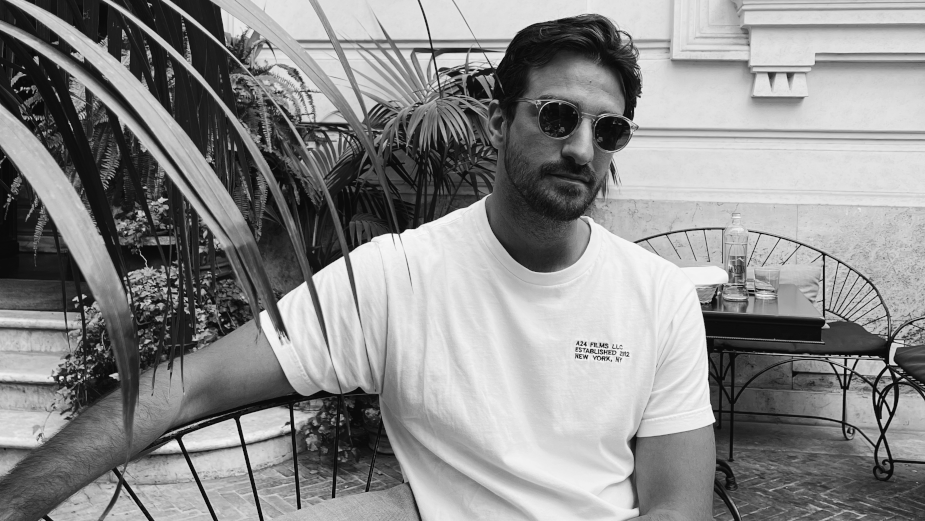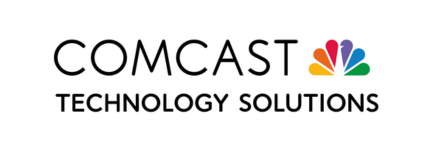
Production Line: Taking Risks and Exciting Challenges with Dustin Grant

Dustin has spent the last few years producing global campaigns for brands such as Meta, Beats By Dre, adidas Originals as well as a short documentary on Klay Thompson’s recovery back to the NBA. Dustin’s previous projects have won a number of major awards including the prestigious Titanium Cannes Lion Award and an Emmy Nomination for Outstanding Commercial. He currently serves as executive producer for Other Half Creative.
LBB> A good producer should be able to produce for any medium, from film to events to digital. Do you agree or disagree with this statement? Why/why not?
Dustin> Producing is an artform, which means it takes time to perfect, or perhaps you’re always perfecting it. While a producer grows to realise no two projects are the same, there are some universal principles that apply. At its core, producing is the ability to bring a story to life across any medium. Storytelling is as diverse as it is old. A producer’s role is to adapt and find new and creative ways to ensure the story is expressed in the most effective way possible.
There’s never a production where challenges don’t present a learning opportunity. While this can be taxing, it’s also thrilling to discover new avenues to execute within the craft. When we get complacent in telling the same stories over again or using the same medium, the end product gets compromised and no one wants that. These challenges are what keep producers energised during those long days and passionate to deliver the best possible project.
LBB> What’s your own pathway to production? When you started out, what sort of work were you producing and what lessons have stayed with you in that time?
Dustin> It all started when I was a kid watching ‘Jurassic Park’ for the first time. For the longest time, I truly believed I’d grow up to be the next, biggest palaeontologist. I would take my family’s DV camera and film me and my brothers going on adventures seeking out dinosaur bones in our backyard, and making short home movies of our discoveries. My passion for filmmaking began at a very young age. I wanted to create films and projects that would move others the same way that film impacted me as a child.
I was hell-bent on consuming every movie, television show, music video and piece of content imaginable. I became an encyclopaedia of cinema, and the artists and talent behind creating it. I took that passion with me to NYU Tisch, majoring in Film/Television with a minor in Producing. Splitting my time between school, the reception desk at an edit house, and working with a production company’s PR team, I was constantly invading my local movie theatres to see the latest from my favourite filmmakers.
I quickly found myself working my first agency gig as a producer for Johannes Leonardo, where I gained invaluable experience and knowledge in the industry. As you might imagine, working alongside some of the most talented and creative individuals out there, I failed at times, but failed forward and grew from project to project. I took risks and found new exciting challenges to tackle in an effort to create stories we are still proud of today.
LBB> There are so many models for the way production is organised in the advertising industry - what set-ups have you found to be the most successful and why?
Dustin> Allowing for as much collaboration between each party (client / agency / production company) is key. A project regardless of medium can become very stale and lose its magic if strict limitations are in place to what we can creatively explore. I’ve worked on many projects where a director or photographer is brought in solely to execute a creative plan without much freedom for changes, and are taken off as soon as post-production begins. The more a collaborative flow is allowed, the more a project begins to take on new life - possibly taking shape in a way that wasn’t thought of from the beginning. This is why establishing trust and a strong working relationship with a client in the upfront is necessary, as a client will always trust your creative suggestions more.
Additionally it feels we’re coming into a new era where the lines tend to blur between agency and production. I’ve encountered many clients who love to see a more soup-to-nuts approach when executing creative ideas. Working with teams who can not only pitch the ideas through to clients, but can also direct, shoot or install these very ideas as well, cutting out the levels of communications. This can be very beneficial, as it becomes more collaborative for each party whilst still retaining a creative lead throughout the whole process.
LBB> When working with a new partner or collaborator, how do you go about establishing trust?
Dustin> Establishing trust comes from understanding that at the end of the day, we’re working together to create the best possible creative for the project at hand. Respect is essential; things are going to get messy and tough, but we share a collective goal at the end of the day. It’s truly a collaborative art form, which means compromise with partners or collaborators for the greater good of the work is a must. I think of it as a glass prism; there are so many perspectives each with their own angle. It’s navigating these viewpoints and opinions with an open mind and problem solving mentality that shapes new, collective ideas and that’s where the ground breaking works of art come from. We may not hit it all the time, but we should strive to.
LBB> When it comes to educating producers how does your agency like to approach this? (I know we’re always hearing about how much easier it is to educate or train oneself on tech etc, but what areas do you think producers can benefit from more directed or structured training?)
Dustin> Working side by side with new producers is always a beneficial way to teach certain practices, ensuring they understand how our process works from creative ideation through delivery. That said, a big component is learning hands on in the field. It may seem like a very sink or swim mentality, but I feel it’s always important to learn through our mistakes in real time. There will always be a wrench thrown in the plans that you might not be able to account for, which can’t always be taught ahead of time. Living through this experience allows you to train how to adapt on the go, with the ability to pivot when things are not going precisely as originally planned. When I first started out, this personally taught me to remain calm, think on my feet, and work with my team to come up with a solve collectively.
LBB> What new skills have you had to add to the team as a result of the pandemic?
Dustin> I think we’ve all become Zoom and covid Compliance wizards at this point. I’ve had a number of productions where I would have to Zoom in remotely with a team in a completely different city or country. I’ve had other productions where I attended on set and had to adapt in real time as someone tested positive. Having full transparency with clients every step of the way is essential, not just during production but well in advance as a project is being prepped. This retains a trusting relationship throughout the process even as surprises arise. Especially as we make everyone’s health and safety top priority. It’s nothing new for producers to have to pivot to new problems and environments around them. Covid may propose new problems, but there can always be creative and safe solutions to still get creative pushed forward.
LBB> Clients’ thirst for content seems to be unquenchable - and they need content that’s fast and responsive! What’s the key to creating LOTS of stuff at SPEED - without sacrificing production values? Is it even possible?
Dustin> It can truly be a blessing and a curse, but transparency on creative approach and production plan from the get-go is key. There are always new ways to elevate a campaign by adding on additional deliverables and exploring alternative creative propositions that may not have been pitched on the initial idea. Too often, transparency on creative doesn’t take place at the beginning, and as new, great ideas emerge we have to fight the balance between premium execution and a ticking clock. Production logistics, inevitable implications, and strenuous schedules are a given, so let’s get ahead of them as early as possible.
LBB> What’s the most exciting thing about working in production right now?
Dustin> We’re truly at the precipice of new and innovative creative expression. From the new class of directors, photographers, artists who have incredible stories to tell, to newer technologies and means of production that are rapidly being developed. We have ways of telling stories unlike ever before, which allows for ground breaking avenues to approach production as a whole. This inspires and feeds our passion in how we can work with new collaborators or explore new territories of media and storytelling that we haven’t quite touched upon before. It may present new challenges along the way, but that’s always the most exciting part.
LBB> And what advice would you give to an aspiring agency producer?
Dustin> Never forget what drew you to storytelling in the first place. Retaining that passion is vital as you navigate through the creative and production process. There will constantly be new and demanding obstacles thrown your way, which can feel overwhelming if you lose that passion that brought you here in the first place. Retaining that excitement of the creative process bleeds into everything you do - from taking creative risks, to collaborating with your team and clients, to exploring undiscovered avenues you may not have thought of previously.












